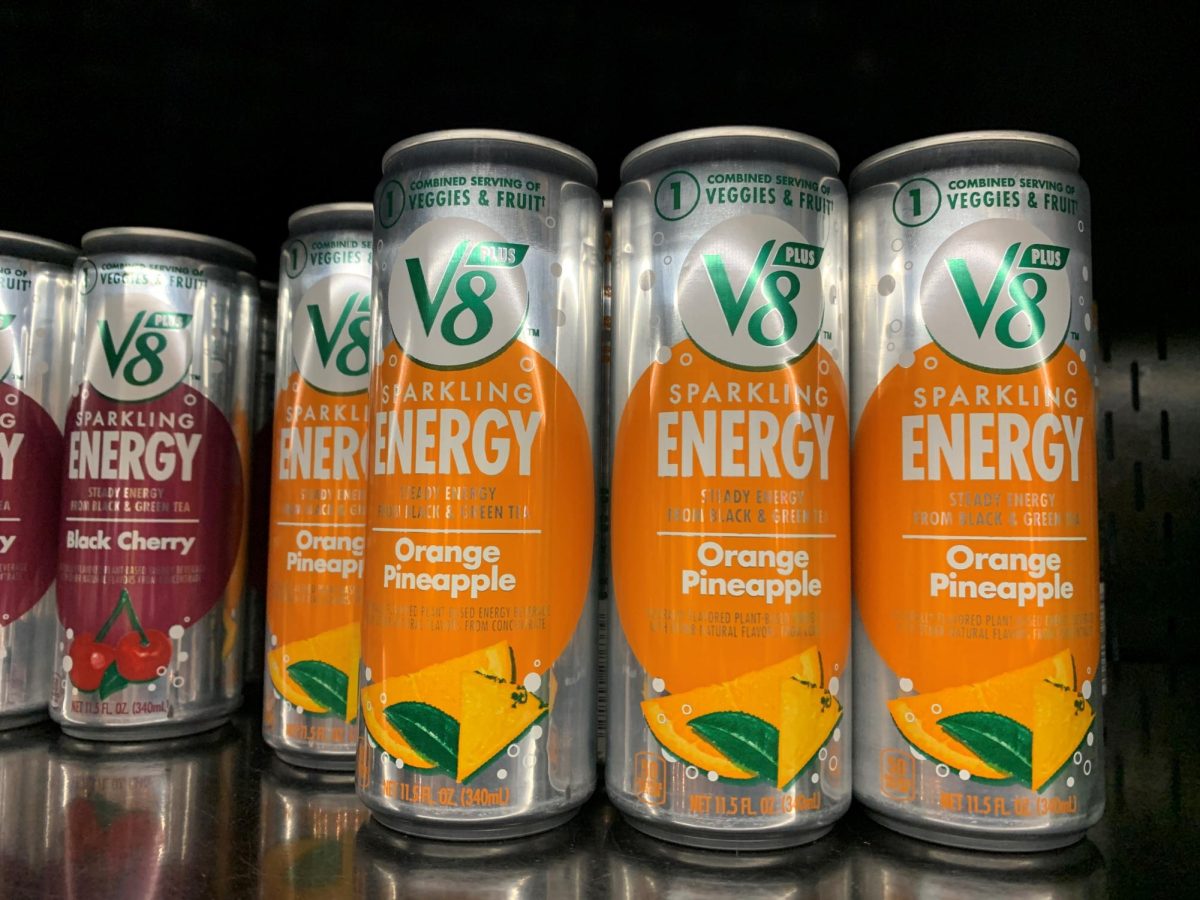Energy drinks, coffee, soda. These drinks are everywhere at Marist and countless other American high schools. What do they all have in common? They contain caffeine, a stimulant known to boost energy and alertness.
It is reported by the Journal of Nutrition Education and Behavior that 83.2 % of high schoolers drink caffeinated drinks regularly, and many say that they cannot live without their caffeine fix.
Why are so many high schoolers hooked? While some students just love the taste of these sugary drinks, the far more compelling reason for the normalcy of caffeine addiction is student stress. With the immense pressure of school work, extracurricular commitments, and active social lives, students are left without enough hours in a day, and sleep is often their last priority.
Since caffeine is so effective at increasing alertness, concentration, and energy—benefits that usually come as a result of a good night of sleep—teenagers often substitute caffeine for rest. After a sleepless night, instead of getting rest, they simply fuel up on caffeine in the form of a coffee and go about their day.
If their to-do list feels never-ending, many will guzzle an energy drink and use their frenetic energy to cross items off the list. This need for caffeine is particularly common at Marist, a school known for its competitive atmosphere and high achieving students.
Although caffeine is an extremely common and normalized substance, consumption of large amounts of it can have both physiological and physical side effects that can cause significant damage to mental health.
Caffeine triggers production of a stress hormone in the brain known as cortisol, which triggers the body’s fight-or-flight instinct and causes many of the desired effects of caffeine. Unfortunately, high levels of this hormone place the body in an artificial state of biochemical stress, leading to increased anxiety, depression, and insomnia as well as long term health issues.
On the physical side, many caffeine lovers report an increase in fidgetiness, digestive problems, and muscle tension. While these symptoms are manageable on their own, they can turn a moderate amount of stress into a full-blown panic attack. These effects only exacerbate the anxiety felt by students as they go about fulfilling their busy schedules.
Additionally, it is relatively easy for an adolescent to overdo their caffeine intake. While adults can safely consume about 400 mg of caffeine per day, the American Academy of Pediatrics recommends that adolescents up to age 18 consume a maximum of 100 mg per day.
If a teenager drinks a Celsius, which has 200 mg of caffeine, and a diet coke, which has 50 mg, they have already more than doubled their recommended caffeine consumption for the day. This level of consumption is what leads to a spike in cortisol levels and an overall increase in stress.
Although caffeine is not inherently bad, it is likely a contributing factor in many people’s stress. We need to discuss caffeine consumptions as part of the conversation around student stress and anxiety at Marist.
If we can decrease caffeine consumption as part of a solution to stress, we can form a better relationship with the substance as well as potentially improve student mental health.




